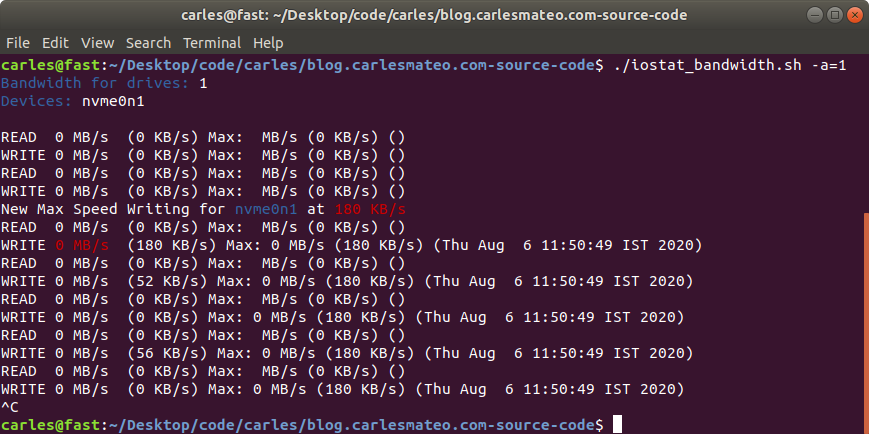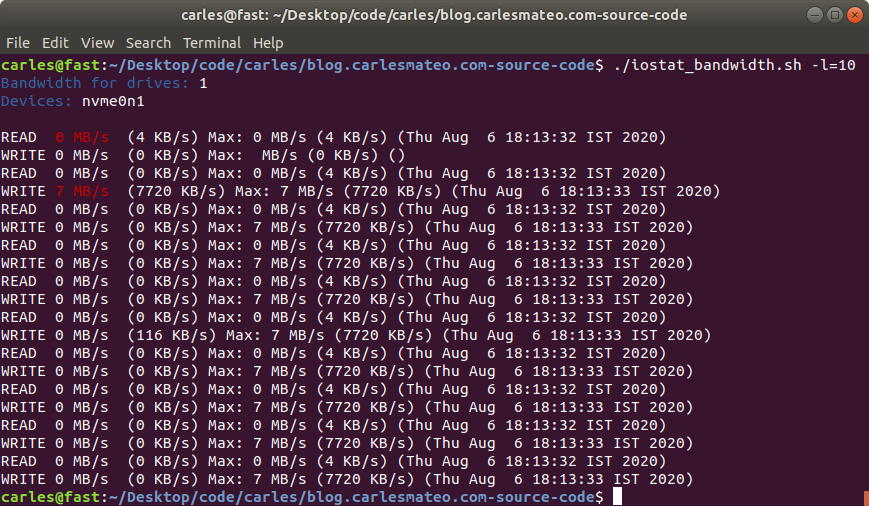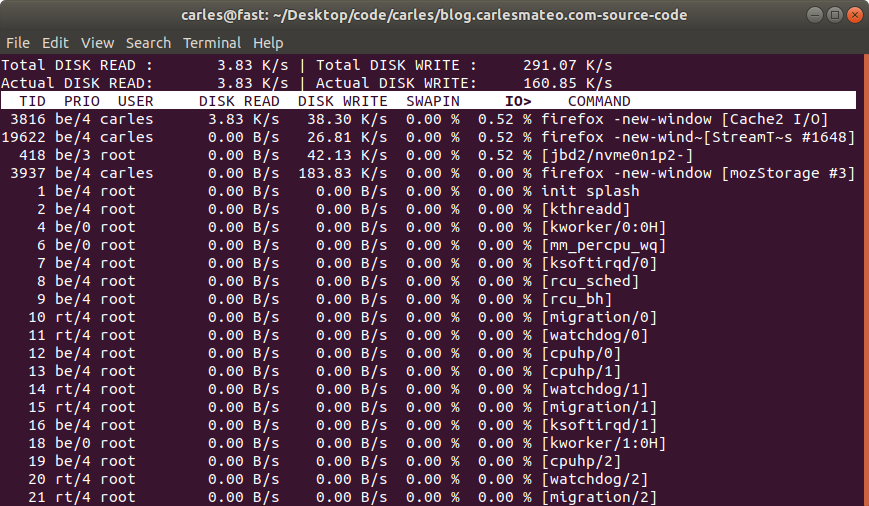Media, Press, Radio
I was contributing already but since the 2th of May I started my radio space, also streamed in Twitch, google Podcast, Apple, Spotify… in Radio America Barcelona.
My space is named The New Digital World (“el nou món digital”) and I talk about tech news, technology, videogames and handy tricks.
This content is in Catalan language only, so I added to the blog as ending in [CA]
New Projects: Erasure Code
For my university thesis I’ve been creating an Erasure Coding solution that allows to encode and distribute the files seamlessly across an universe of Servers in different cloud providers, balancing the disk space used, super easy to use, and resilient to disaster and recovery.
I created my project, named Erasure Code www.erasurecode.com as Open Source, so all size of companies will be able to benefit from this technology, only available to multinationals until now.
Here you can watch a presentation and a demo:
I hope this will help tons of companies and startup, hopefully scientific startups, to save costs and focus more in their business and to make a better world.
My final presentation was the 20th of May.
Books
Python Combat Guide
I’ve updated my book Python Combat Guide with few additions.
Currently is 405 pages DIN-A4 size plus gitlab downloadable code.
It can be downloaded as PDF DRM-free.
Updates to this version 1.08 2022-05-11:
- Added an example of .copy() for Arrays and mention to deepcopy()
- Example on how to sort a dictionary of key/counter
- Improvements to MT Notation updated
- Added packages recommended: colorama, pynput, bisect
- Added Personal WebServer examples.
- Added examples of Python misbehaving with Floats.
- Explanations about redefining reserved keywords like print or exit as a variable.
- Style modification to add lines over the line number and over the Footnote.
My health
My health is improving.
Thanks to my self discipline, following a good diet, taking the medicines… I’ve seen an spectacular improvement since I was sent urgently to he hospital with risk for my life.
I’ve very grateful that amazing doctors care of me.
I had some ups and downs and downs while pushing to finish my final project for the HDip in Computer Science Cloud Computing, but I managed to complete everything on time.
I had to travel to visit amazing specialists, and had to pay the expensive treatments, however everything worked and my health has improved drastically. I am very happy to count with additional source of income, like the teaching programming and my technical books, which helped me to be able to deal with all these sorts of unexpected expenses. I appreciate every single sale of my books, as it made me feel useful and appreciated when I was a bit low, and the nice details some of the readers had. Thanks.
Firewall
I’ve keep blocking in the Firewall any IP and that network coming to the blog from Russia and Belarus. I’ve blocked millions of IP Addresses so far.
I’ve also blocked the traffic coming from CSP when I detect an attack and the IP belongs to them. Most of the attacks were coming from Digital Ocean, after your-server.de and hetzer.de and finally Amazon. Curiously some attacks came from IPs from Microsoft.
I’ve blocked all these ranges of IPs, hundreds of thousands.
Despite blocking all these IPs from CSPs, the number of visitors keeps growing.
At the end my blog is for Engineers and for people, I don’t have interest in bots, and I don’t get any revenue from ads (I never added ads) so I’m perfectly happy with having less visitors, but being humans that find help in the blog.
Humor



